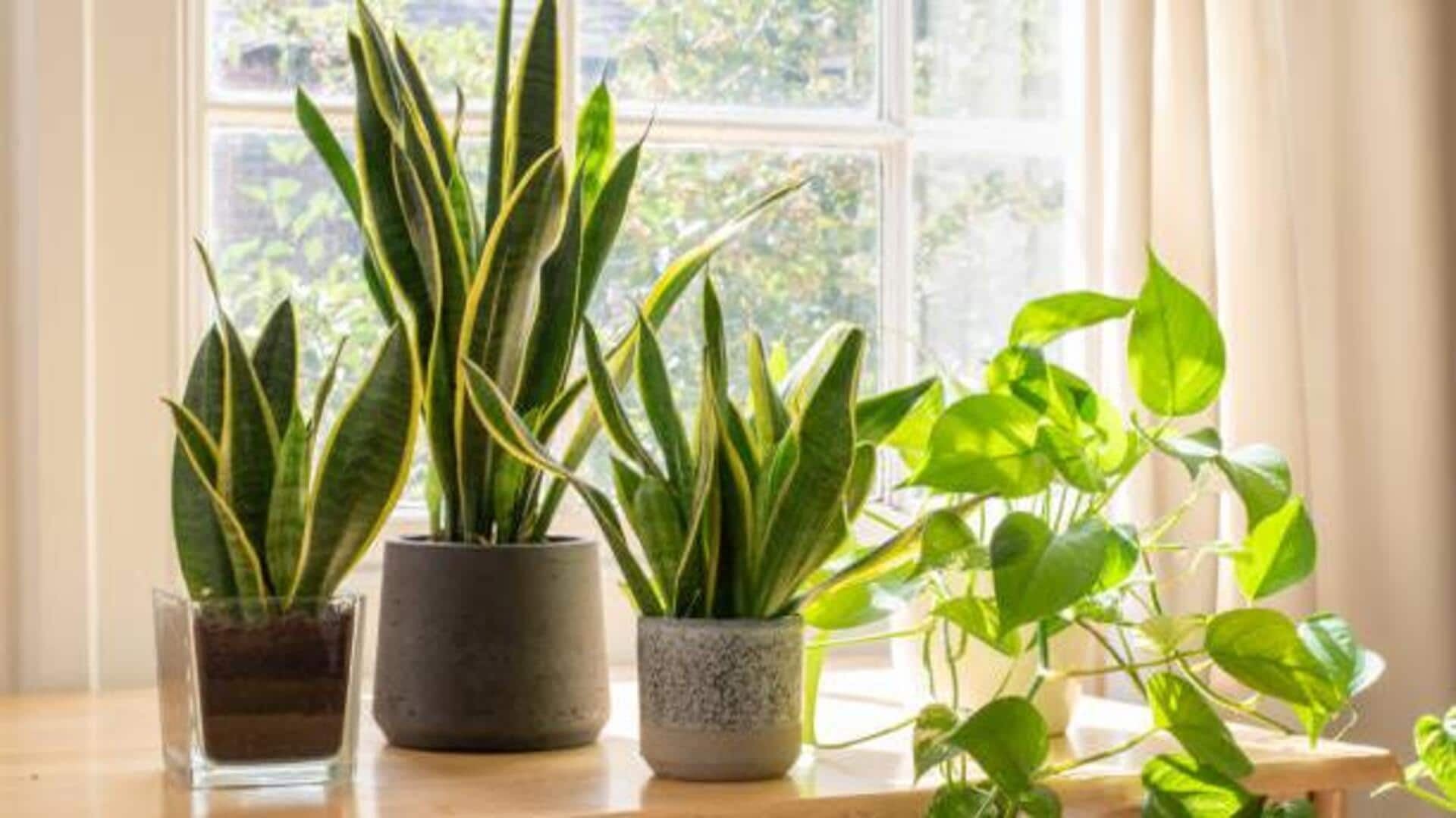Optimal Placement Crucial
Selecting the right spot is essential for your rose bushes. Roses thrive in locations that receive at least 6 hours of direct sunlight daily. Ensure the area
has good air circulation to prevent fungal diseases. Consider the soil type; roses prefer well-draining soil to avoid waterlogging, which can harm their roots. Observe the area for any potential issues like strong winds or shade from buildings or trees. Proper placement sets the foundation for healthy growth and abundant flowering. Choose a location with enough sunlight to allow the roses to thrive, promoting robust and vibrant blooms throughout the season. Also, ensure the area is not too windy as this can damage the delicate petals and stems, and make sure the space is easily accessible for watering and maintenance.
Prepare the Soil First
Preparing the soil is a cornerstone for successful rose cultivation. Start by testing the soil's pH level; roses generally prefer a slightly acidic to neutral pH of around 6.0 to 7.0. Amend the soil with organic matter like compost, well-rotted manure, or peat moss. This improves drainage, aeration, and nutrient retention, all vital for strong root development. Before planting, ensure the soil is loosened to allow the roots to spread easily. Dig a hole that is wide and deep enough to accommodate the rose's root system. Preparing the soil right allows the roses to absorb nutrients efficiently and supports long-term health. Incorporating organic matter not only enriches the soil but also helps maintain consistent moisture levels, beneficial for the roses' health.
Watering Routine Essential
Establishing a consistent watering routine is vital for rose plant health. Deep watering, less often, is generally better than shallow, frequent watering. Aim to water deeply, soaking the soil around the roots to encourage them to grow down, making them more resistant to drought. Check the soil moisture before watering; allow the top inch or two of soil to dry out between waterings. Water roses at the base of the plant, avoiding wetting the foliage, which can lead to fungal diseases. The specific watering needs depend on the climate, with hotter climates requiring more frequent watering. Regular watering sustains blooms and promotes the plant's overall vitality. During hot and dry periods, increase the frequency of watering to meet the plant's increased demand for moisture. Overwatering can be just as harmful as underwatering, leading to root rot, so carefully monitor the soil condition.
Pruning and Maintenance
Pruning is key for maintaining healthy rose plants and encouraging prolific blooming. Pruning at the right time of year is important, with late winter or early spring, before new growth begins, being ideal for most roses. Remove dead, diseased, or crossing branches to improve air circulation and light penetration. When pruning, make clean cuts at a 45-degree angle just above a bud eye, which encourages new growth. Regular maintenance includes removing spent blooms (deadheading) to encourage more flowers and inspecting for any signs of pests or diseases. Proper pruning shapes the plant, improves air circulation, and promotes new growth. Use sharp pruning shears to avoid damaging the stems. Consistent maintenance throughout the year will help maintain the health and beauty of your roses.
Fertilize for Growth
Fertilizing rose plants provides the necessary nutrients for healthy growth and abundant blooms. Choose a balanced fertilizer specifically formulated for roses, or consider organic options like compost tea or well-rotted manure. Apply fertilizer according to the manufacturer's instructions, usually in early spring and again after the first flush of blooms. Avoid over-fertilizing, which can lead to excessive foliage growth at the expense of flowers. Monitor your rose plants for signs of nutrient deficiencies, such as yellowing leaves, which can indicate a need for specific nutrients. A well-nourished plant is more resistant to pests and diseases. Using a slow-release fertilizer can provide consistent nutrients throughout the growing season, ensuring your roses have what they need for strong growth and vibrant blooms. Following the fertilizer guidelines and adjusting as needed will help you achieve the best results.
Manage Pests, Diseases
Protecting your rose plants from pests and diseases is crucial for their health and longevity. Common pests include aphids, spider mites, and Japanese beetles. Regularly inspect your plants for signs of infestation, such as damaged leaves or visible insects. Use natural methods, such as introducing beneficial insects or using insecticidal soap, to control pests. Fungal diseases like black spot and powdery mildew are also common. Improve air circulation by pruning and avoid wetting the foliage when watering to prevent these diseases. Consider using a fungicide if diseases are severe. Early detection and prompt treatment are key to minimizing damage. Maintain vigilance to keep your roses healthy and attractive. Using a combination of preventative measures and targeted treatments is often the most effective way to manage pests and diseases.
Seasonal Care Adjustments
Seasonal care adjusts with the changing weather conditions to sustain your rose plants throughout the year. In the spring and summer, provide consistent watering and fertilization as the plants actively grow and bloom. Monitor for pests and diseases and take action as needed. During the fall, reduce watering and stop fertilizing to prepare the plants for dormancy. In colder climates, protect your roses during the winter by mulching around the base and possibly covering the plants. Prune roses in late winter or early spring before new growth appears. Adjust your care routine as the seasons change to support the unique needs of your rose plants at each stage of their life cycle. Seasonal adjustments ensure that your roses can thrive regardless of the weather. Be prepared to adapt your care practices based on the specific requirements of your local climate.










